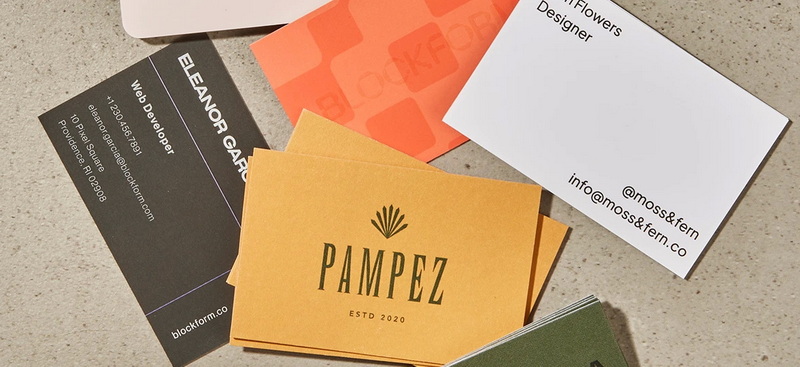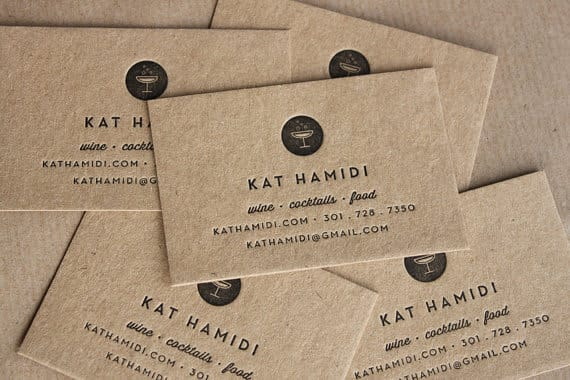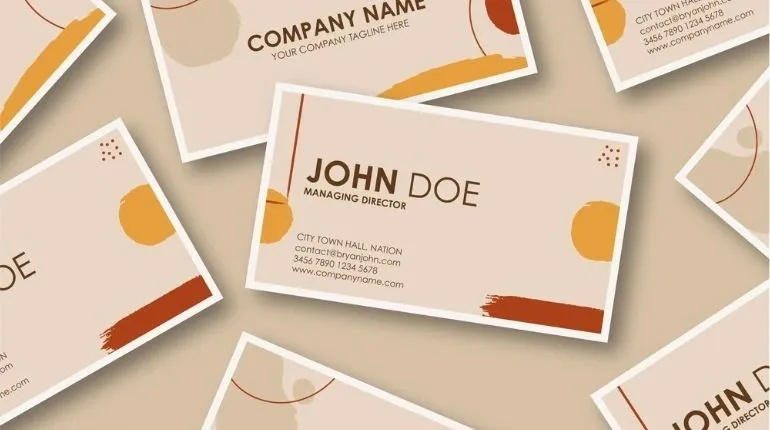Content Menu
● Introduction to Swiss business card manufacturing
● Why Switzerland stays at the forefront
● Criteria for selecting top business card suppliers
● Leading Swiss players and global partnerships
● Materials and finishes to consider
● Design and production considerations for OEM/ODM
● Practical tips for working with Swiss card suppliers
● Case study: aligning branding with quality expectations
● Cost considerations and budgeting
● How to request quotes effectively
● Sustainability and responsible sourcing
● The role of technology in modern business cards
● Best practices for Swiss businesses using business cards in global markets
● Conclusion
● FAQ
>> 1. What factors influence the cost of Swiss business cards from manufacturers and suppliers?
>> 2. How can I ensure color accuracy when working with a Swiss card supplier?
>> 3. What finishes are most popular for premium business cards in Switzerland?
>> 4. How do I request a proper proof and sample from a Swiss vendor?
>> 5. Can Swiss suppliers handle multilingual text on business cards for international clients?
Shenzhen XingKun Packing Products Co., Ltd. is a seasoned printing and packaging company based in Shenzhen, specializing in OEM customization for a wide range of products, including display stands, paper boxes, plastic boxes, notebooks, playing cards, flash cards, stickers, labels, and booklets. While our core focus is packaging solutions, we recognize the important role that high-quality business cards play in branding, marketing, and professional impressions for Swiss businesses and international partners. This article profiles the landscape of top business cards manufacturers and suppliers in Switzerland, highlights best practices for selecting a partner, and offers practical guidance for achieving standout business card designs that align with global standards.

Introduction to Swiss business card manufacturing
In today's competitive market, the business card serves as a tactile extension of your brand. Swiss manufacturers combine precision engineering, premium materials, and meticulous quality control to deliver cards that convey credibility and sophistication. The Swiss market emphasizes durability, sustainability, and customization, with many agencies and brands seeking partners who can accommodation complex finishes, eco-friendly options, and fast turnarounds without compromising on quality.
Why Switzerland stays at the forefront
Switzerland is renowned for precision manufacturing, reliable supply chains, and rigorous quality standards. For business cards, these strengths translate into consistent color accuracy, thickness tolerances, and finish quality. Swiss buyers also value certifications and traceability, especially when sourcing materials like recycled paper, soy-based inks, and FSC-certified stock. Local providers often offer short-run capabilities for pilots and proofs, as well as scalable production for large corporate orders.
Criteria for selecting top business card suppliers
- Quality and consistency of print
- Range of materials and finishes
- Sustainability and certifications
- Turnaround times and logistical reliability
- Language support and customer service
- Ability to handle OEM/ODM work for global brands
Leading Swiss players and global partnerships
- Local printers with premium capabilities: Zurich, Geneva, Basel, and Lausanne host several high-end print shops that specialize in business cards with luxury finishes such as debossing, foil stamping, and soft-touch coatings.
- International networks with Swiss fulfillment: Some global printers operate in or ship to Switzerland, offering multilingual account management and seamless import processes for expatriate teams and multinational firms.
- Packaging-focused suppliers with card programs: A number of packaging houses partner with card manufacturers to provide integrated branding solutions, including coordinating business card design, materials, and packaging inserts.
Materials and finishes to consider
- Paper stock: Cover stocks in 250–600 gsm range are common, with premium options like cotton fiber, suede, or textured finishes.
- Ink systems: Classic CMYK, spot colors (Pantone), or metallics for luxury cards.
- Finishes: Matte, gloss, soft-touch, and UV coating; specialty finishes such as foil stamping, laser cutting, embossing/debossing.
- Special effects: Embossed or debossed elements, lenticular images, or tactile textures to enhance memorability.
- Sustainability: Recycled fibers, FSC/PEFC certification, soy or water-based inks.
Design and production considerations for OEM/ODM
- Brand alignment: Ensure the card design mirrors your brand identity, including typography, color palette, and logo treatment.
- Quantity planning: Determine run length based on usage, distribution channels, and reprint cycles.
- Localization: For Swiss markets, consider bilingual or multilingual text and culturally appropriate design cues.
- Compliance: Adhere to Swiss business etiquette and professional standards in presentation and details.

Practical tips for working with Swiss card suppliers
- Request physical proofs and, if possible, soft proofs for color accuracy before mass production.
- Ask about color management practices and ICC profiles to ensure consistency across batches.
- Confirm packaging and shipping methods to minimize card damage in transit.
- Review terms around lead times, minimum order quantities, and change fees.
Case study: aligning branding with quality expectations
A Swiss-based technology firm sought business cards that reflected its innovative ethos. The chosen supplier offered a variety of premium finishes, including soft-touch lamination and spot UV, with precise color matching and rapid prototyping. The final product presented a tactile experience that reinforced the company's branding and stood out at conferences and meetings.
Cost considerations and budgeting
- Setup fees: Some premium finishes may incur plate or setup costs.
- Per-unit pricing: Costs decrease with higher quantities; compare tiered pricing across vendors.
- Add-ons: Foil stamping, embossing, or specialty coatings increase the per-card price but can yield higher perceived value.
- Shipping and duties: International orders may incur duties or VAT; confirm incoterms and shipping terms.
How to request quotes effectively
- Share a detailed brief: size, quantity, paper stock, finishes, and any special features.
- Provide brand assets: logos in vector format, Pantone colors, and usage guidelines.
- Highlight constraints: budget, deadline, and any regulatory or accessibility considerations.
- Request samples: physical cards and, if applicable, management of a short run for threading into a larger campaign.
Sustainability and responsible sourcing
- Explore recycled stock options and post-consumer fiber content.
- Favor inks with low environmental impact and certifications from recognized bodies.
- Ask suppliers about waste reduction programs in printing and finishing processes.
The role of technology in modern business cards
- Digital proofs and online proofing tools speed up approval cycles.
- Variable data printing enables personalized cards for different recipients while maintaining a consistent brand.
- Augmented reality or QR codes can link to digital portfolios or company information.
Best practices for Swiss businesses using business cards in global markets
- Complementary branding: Align your cards with other brand touchpoints like packaging, stationery, and digital media.
- Multichannel strategy: Use QR codes or short URLs to connect physical cards with online content, catalogs, and product pages.
- Accessibility considerations: Choose legible typefaces and high-contrast color schemes to ensure readability.
Conclusion
Switzerland remains a hub for premium business card manufacturing, blending traditional print craftsmanship with modern finishing techniques and sustainability considerations. By selecting a partner with a strong emphasis on quality control, material science, and efficient logistics, brands can achieve business cards that convey credibility, innovation, and attention to detail. The right supplier will support you from concept through delivery, ensuring your cards reflect your brand's values and set the tone for meaningful professional connections.

FAQ
1. What factors influence the cost of Swiss business cards from manufacturers and suppliers?
- The cost is influenced by setup and plate fees for premium finishes, per-unit pricing that scales with quantity, additional options like foil stamping or embossing, and shipping/duties including incoterms and VAT obligations.
2. How can I ensure color accuracy when working with a Swiss card supplier?
- Ensure color consistency by requesting physical proofs and soft proofs, using certified color management practices, and providing ICC profiles and Pantone references to align on color targets.
3. What finishes are most popular for premium business cards in Switzerland?
- Popular finishes include matte and gloss coatings, soft-touch lamination, spot UV, foil stamping, embossing/debossing, and laser-cut or textured stocks for tactile distinction.
4. How do I request a proper proof and sample from a Swiss vendor?
- Provide a detailed brief, request both physical proofs and digital soft proofs, specify color targets and stock requirements, and ask for a short run sample to validate production consistency before full-scale manufacturing.
5. Can Swiss suppliers handle multilingual text on business cards for international clients?
- Yes, many Swiss suppliers offer multilingual design options and localization services, ensuring typography, spacing, and language conventions are appropriate for international recipients.
































